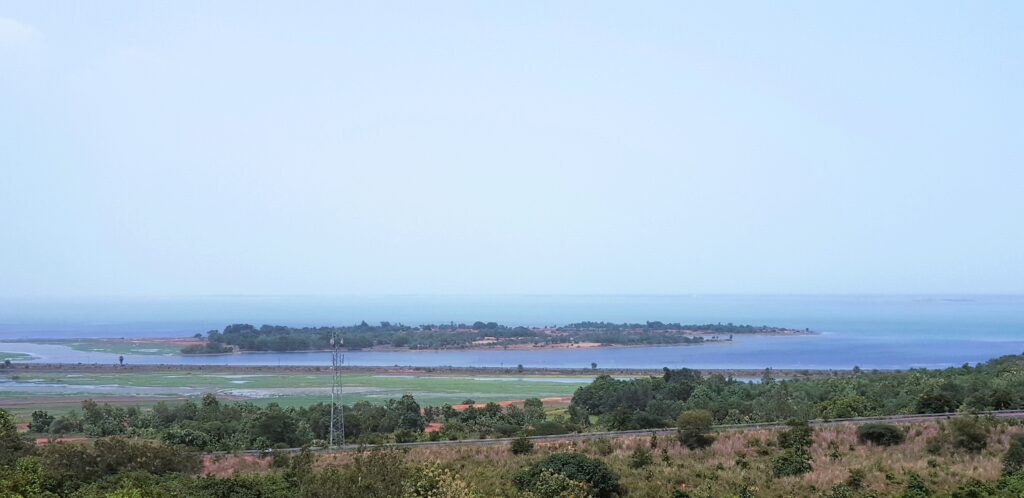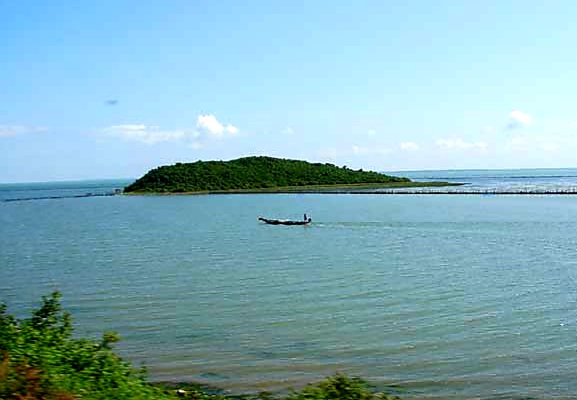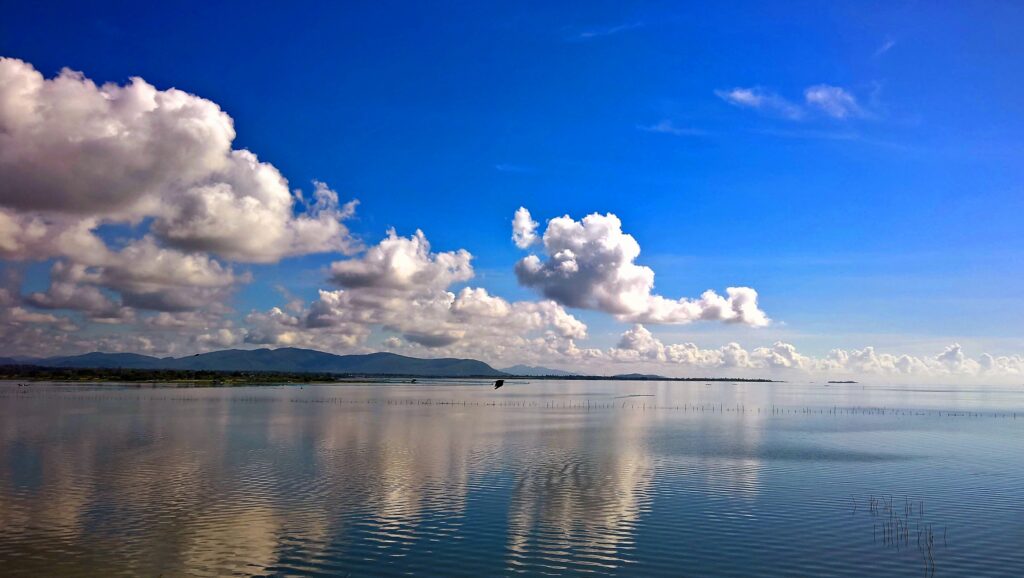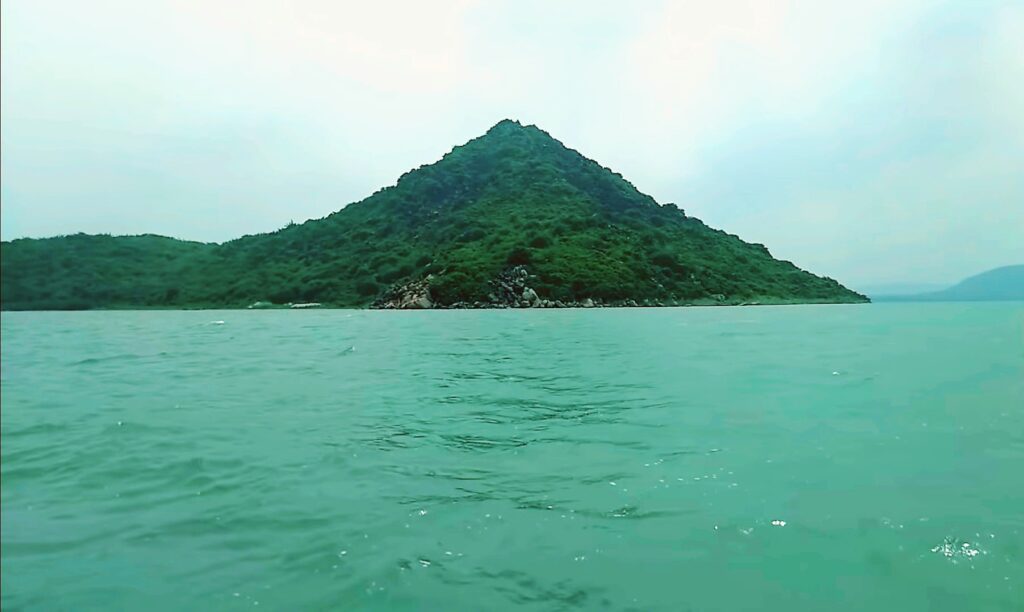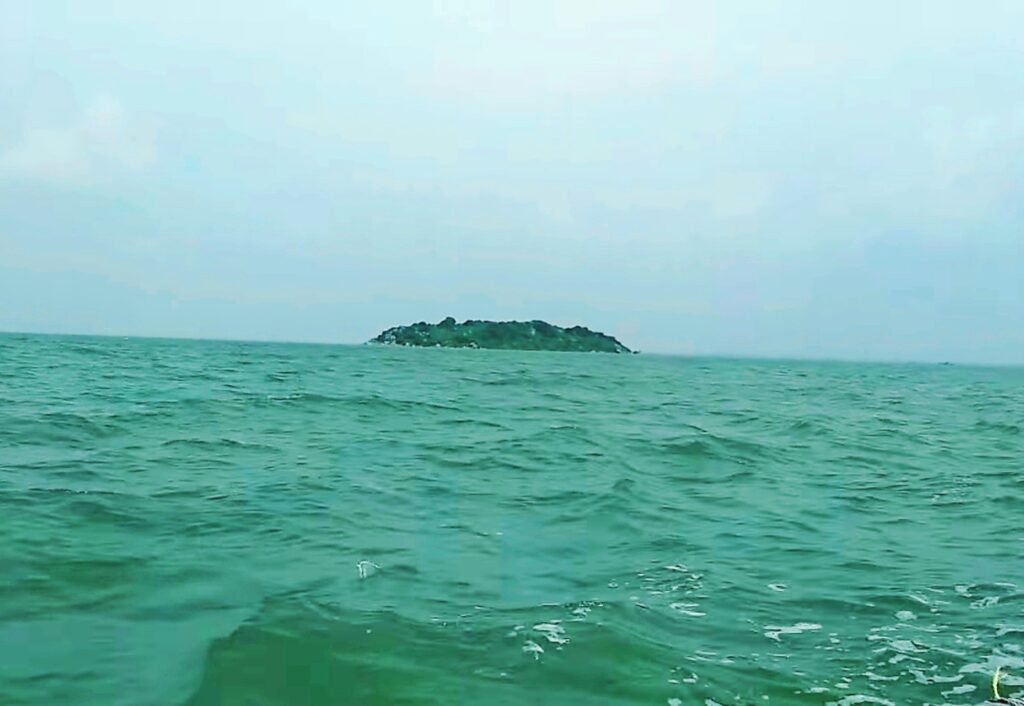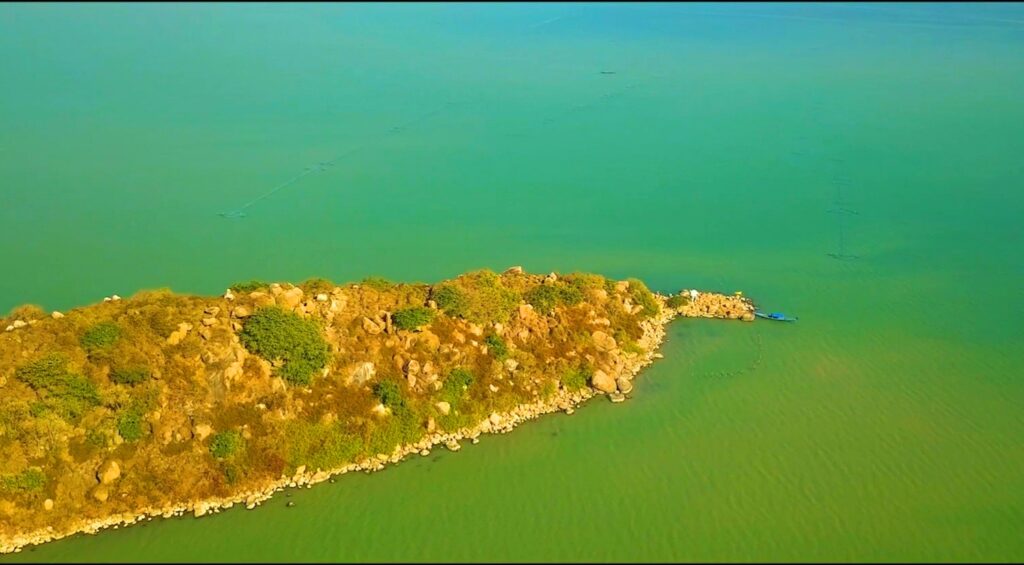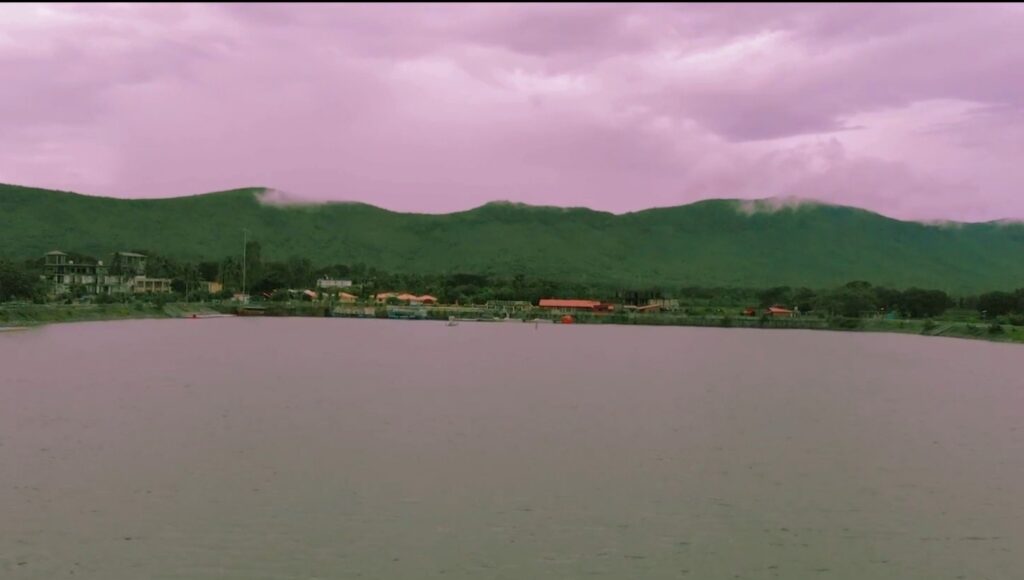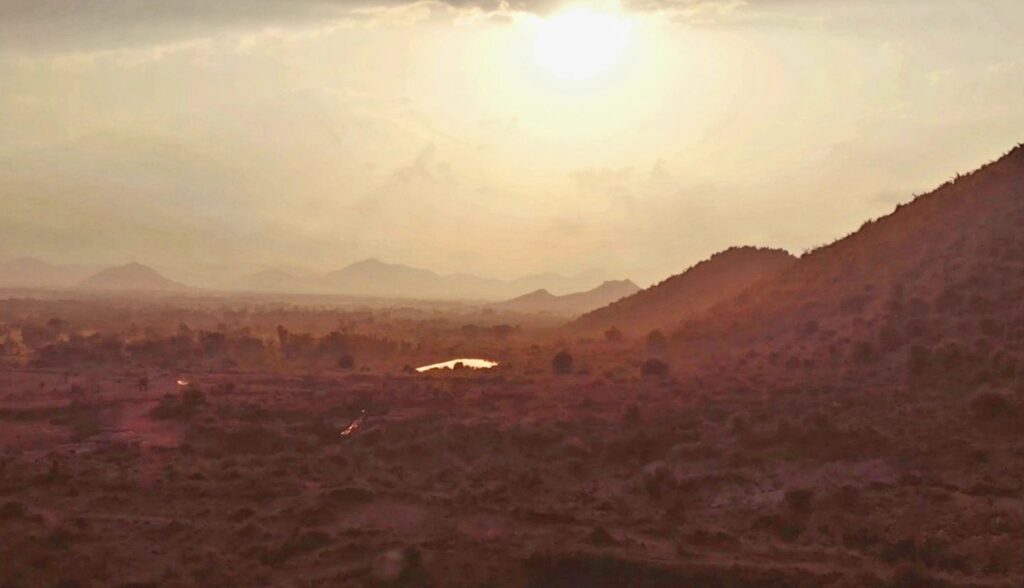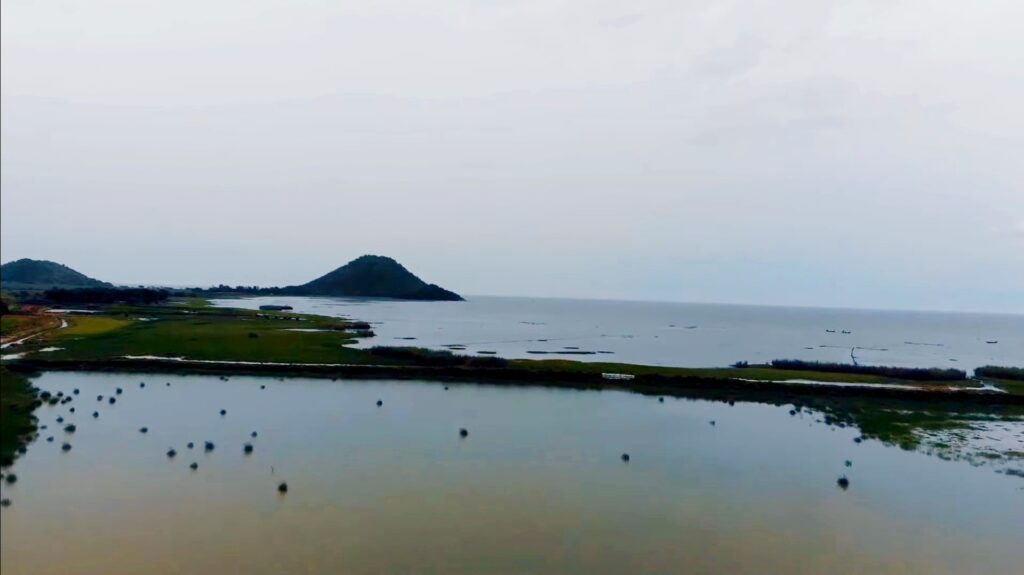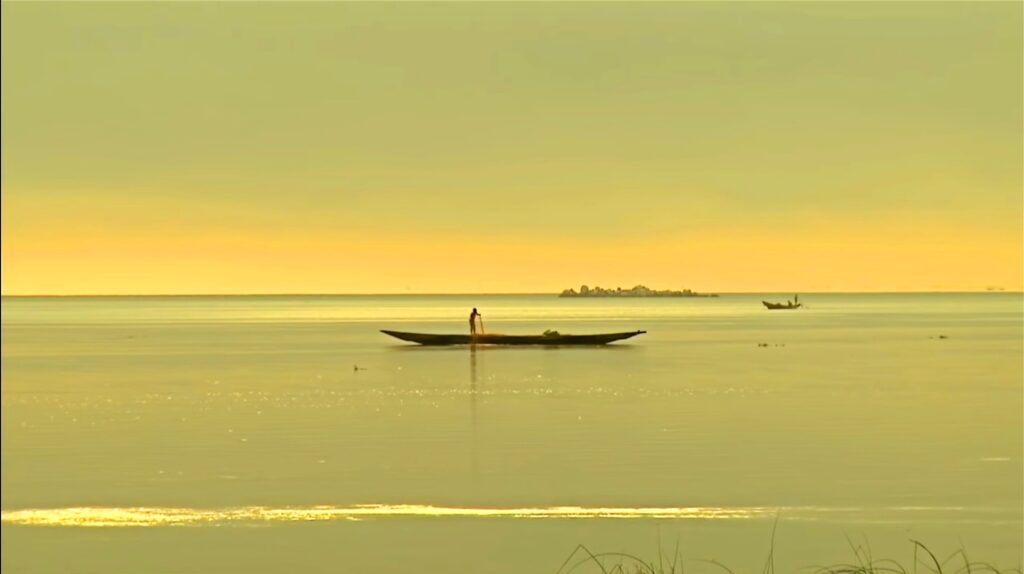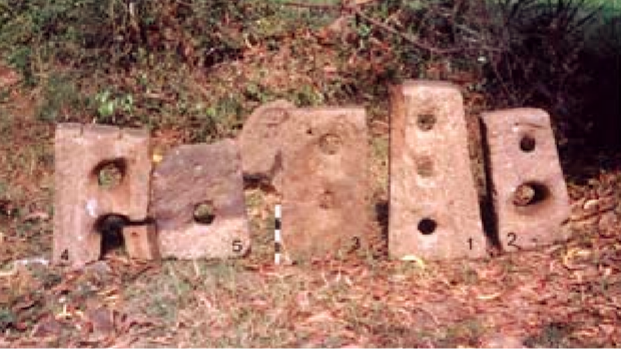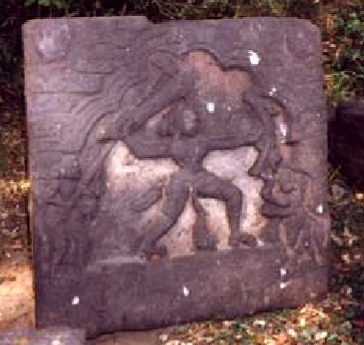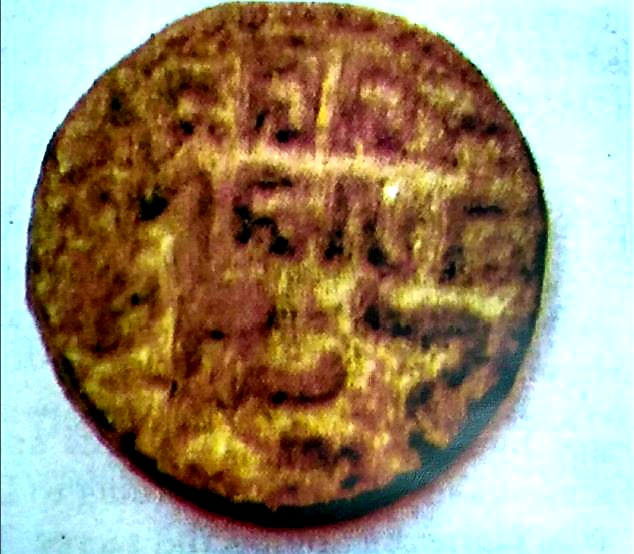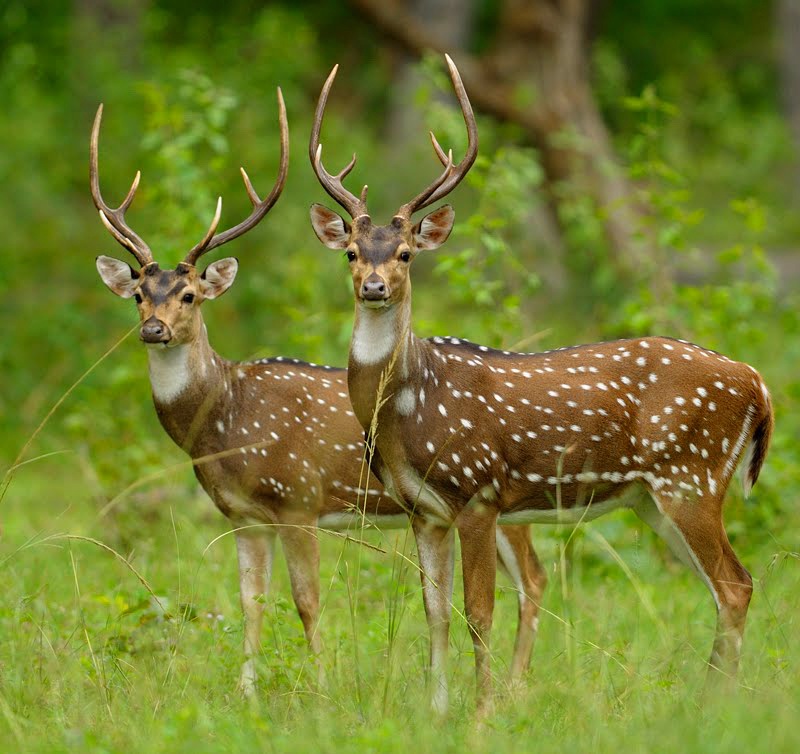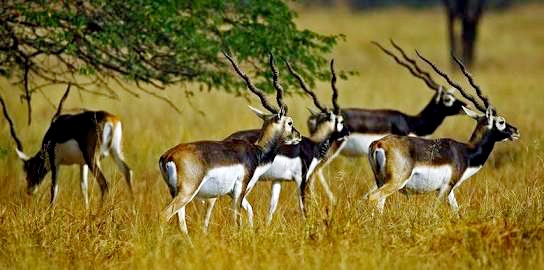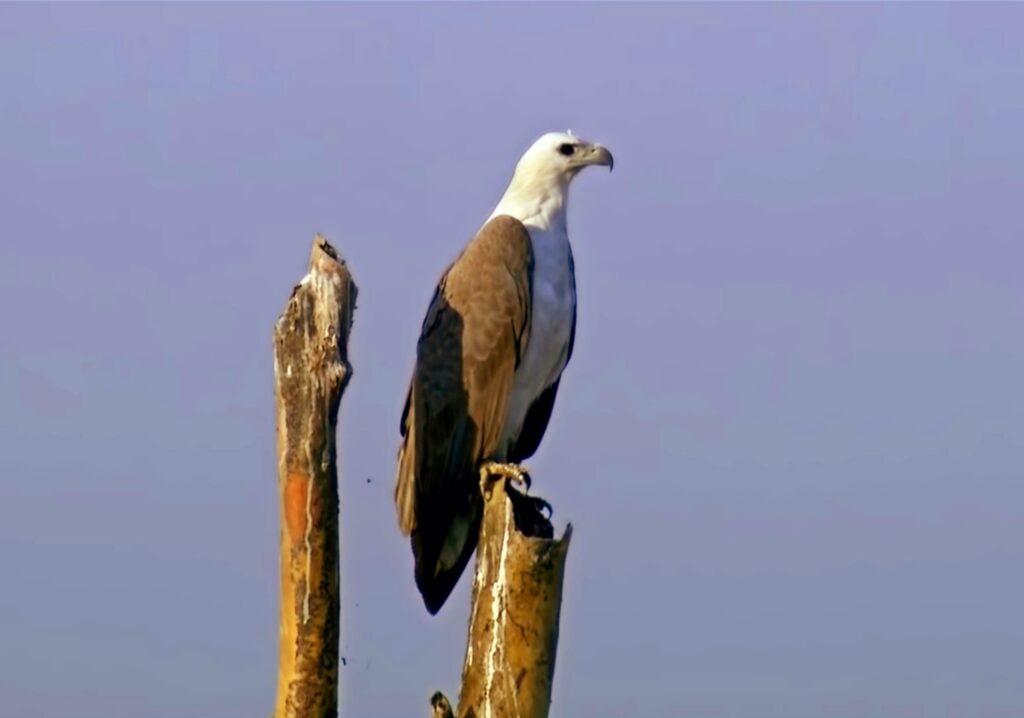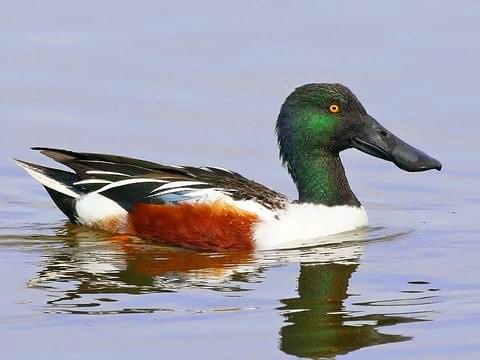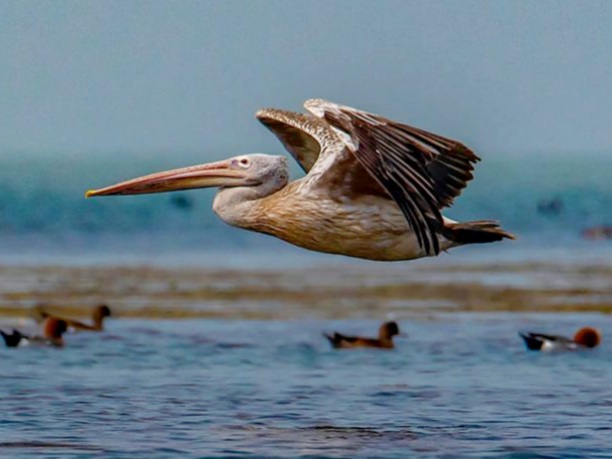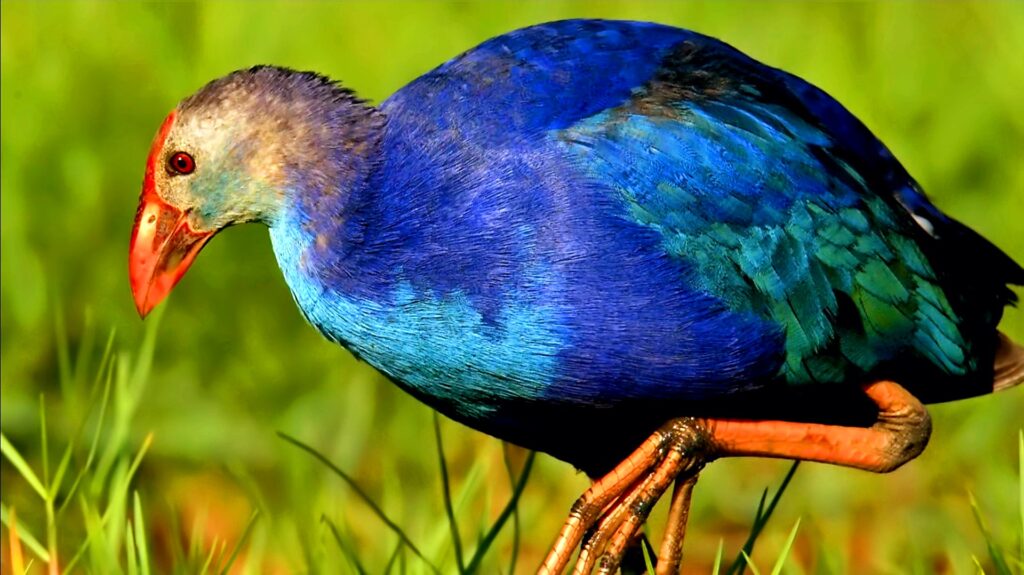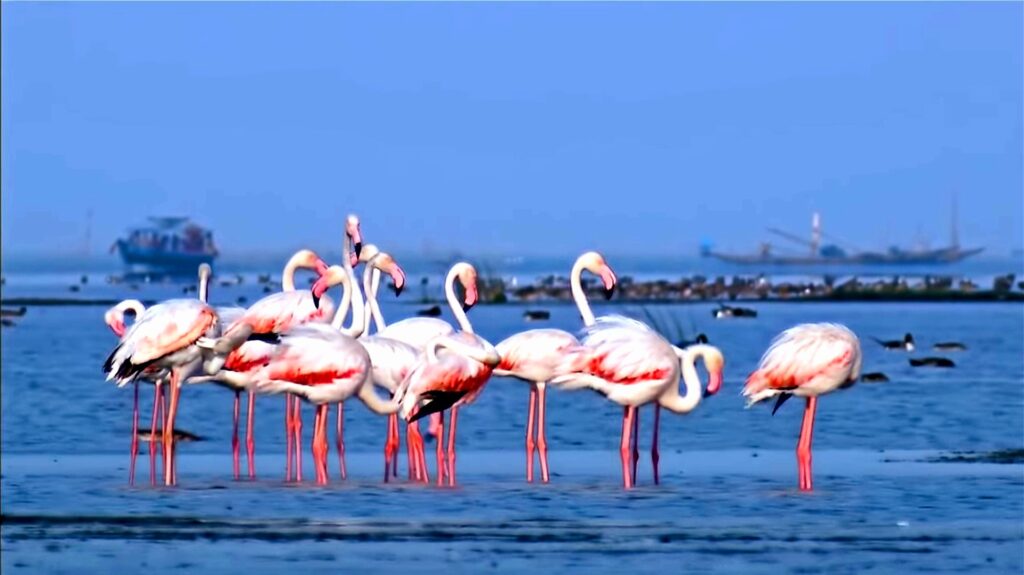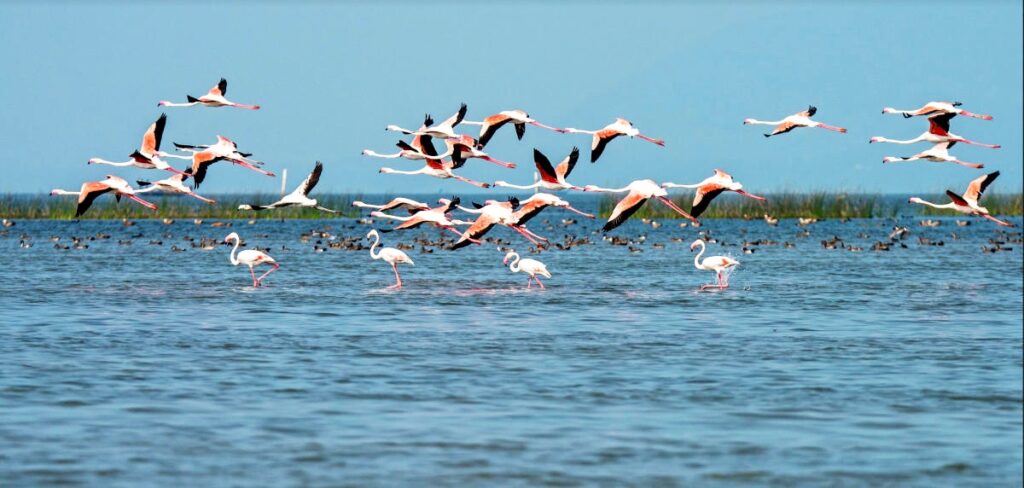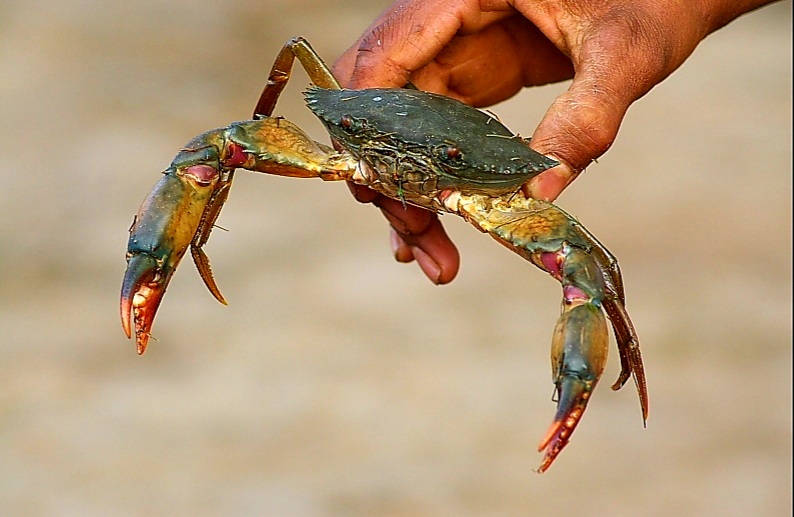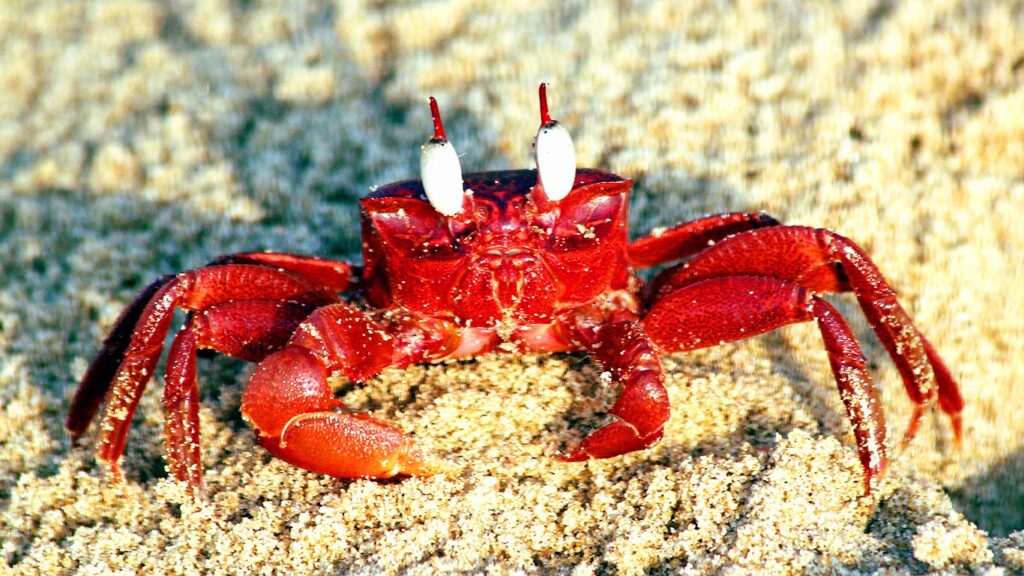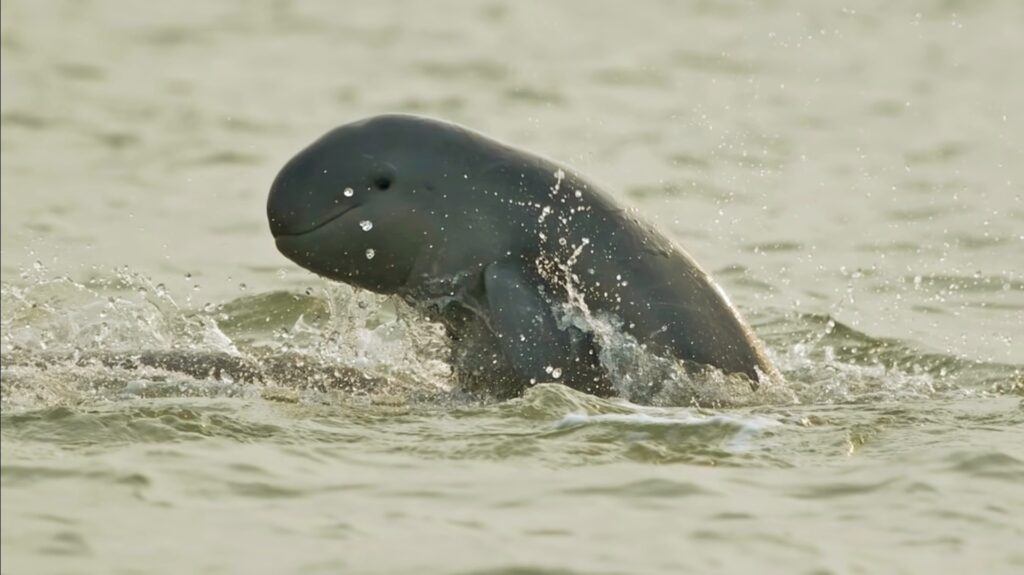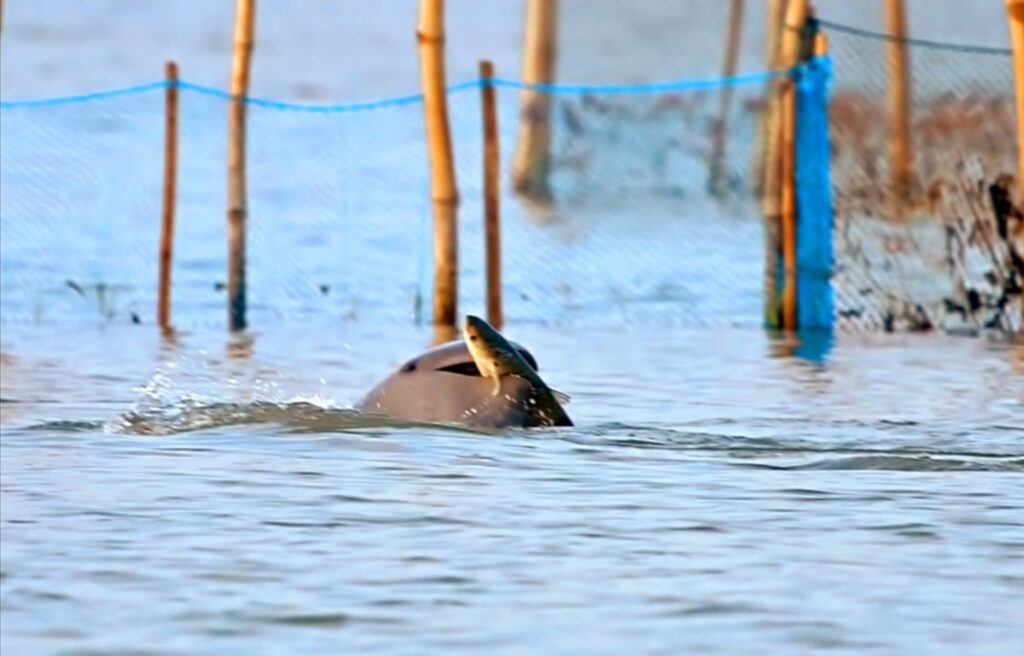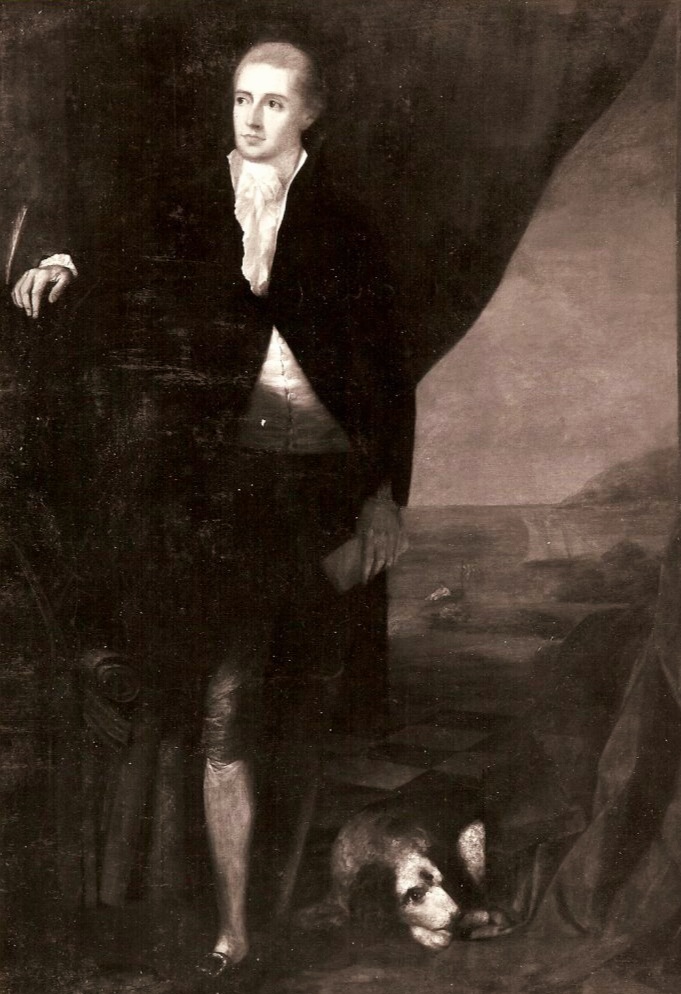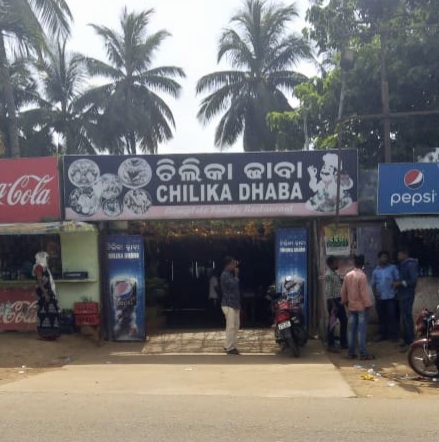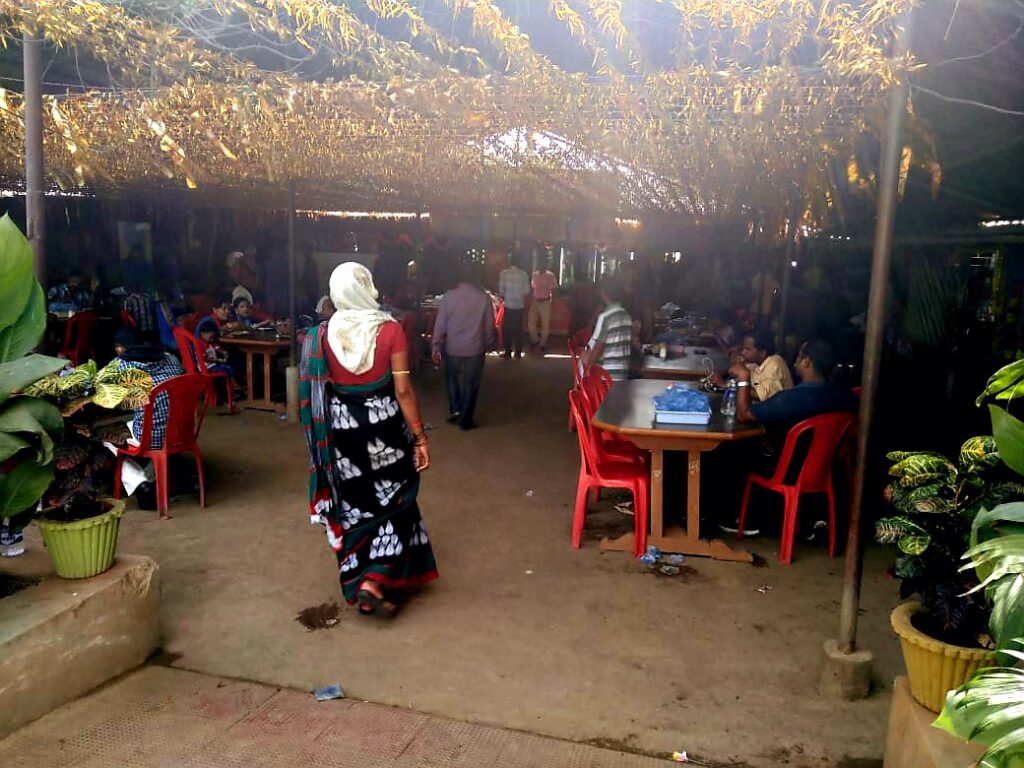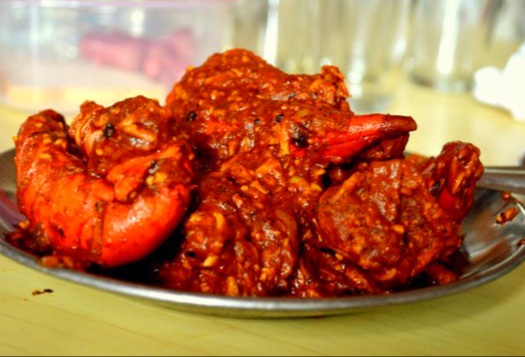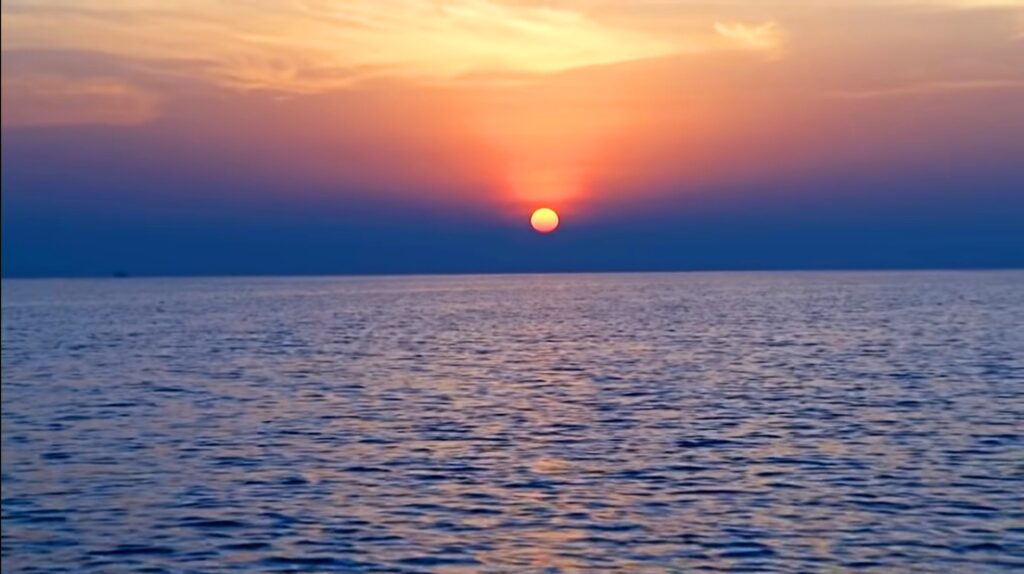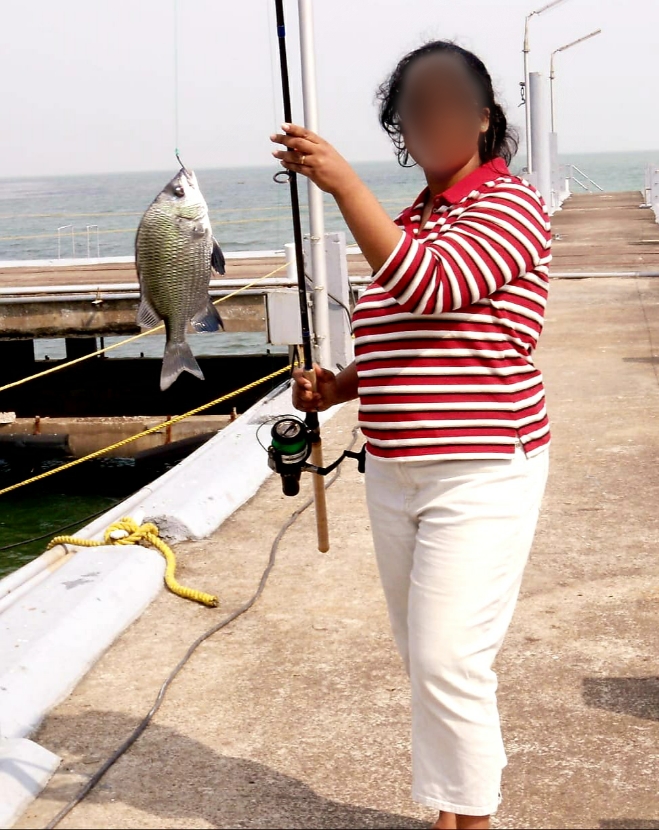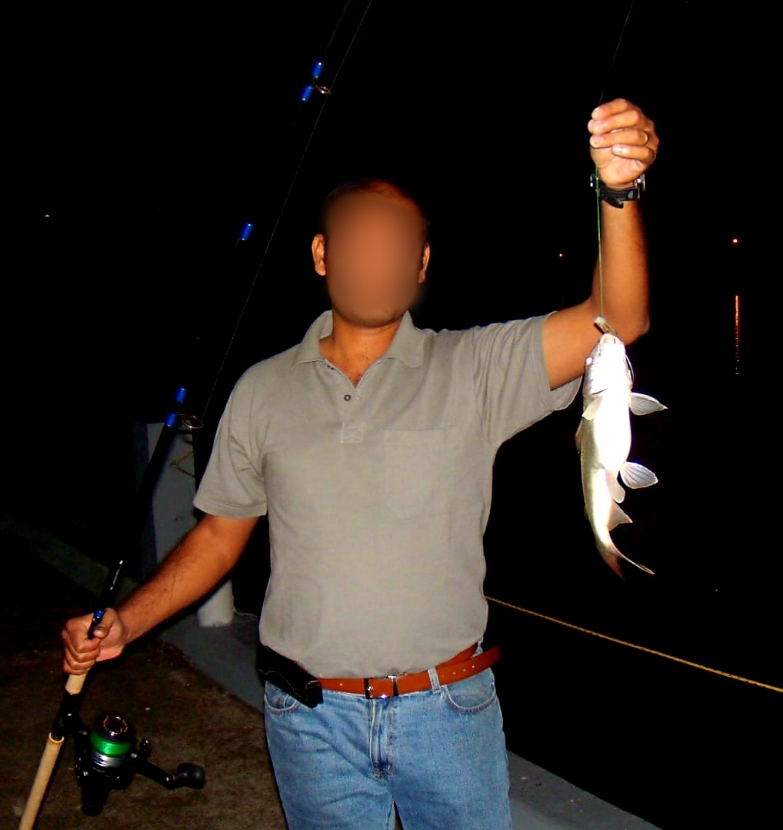THE LAGOON IN MY BACKYARD
A drive along NH 16 on the East coast of India will bring you to the shores of a magnificent expanse of water, which is dotted with verdant wetlands and appears as a picture crafted from an artist’s palette.
Situated on the East coast of India and connected to the Bay of Bengal through a narrow mouth, this water body is Chilika––the largest inland brackish water lake and a shallow lagoon in Asia. This unique, half-saltwater, half-freshwater pear-shaped lagoon situated in the state of Odisha, India, is 1,165 sq km (length: 70 km; breadth: 30 km) in size.
Flecked with small islets, much of Chilika gets its freshwater from River Daya, Bhargavi and Malaguni, which are tributaries of the Mahanadi. The lagoon, mostly shallow, has estuarine characteristics, and the water is an amalgam of freshwater and brackish seawater.
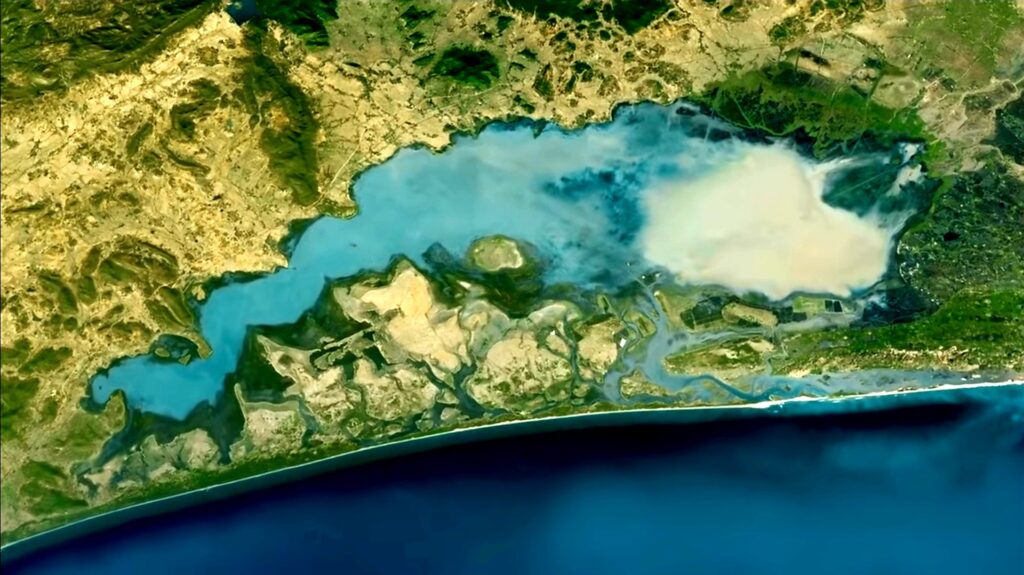
Formation of a barrier spit near Palur (village adjacent to Chilika) due to a littoral drift and the creation of a sand bar along the Eastern shore have transformed the lake gradually to a shallow lagoon. Presently, the sea is connected with the lake near Satapada (situated on Eastern edge of Chilika near Bay of Bengal) through a number of shoals, sand spits, sand bars, openings of shallow depth and a narrow channel. The lagoon is connected to the Bay of Bengal by a 32 km long and 1.5 km wide channel that runs mostly parallel to the bay, separated by a narrow spit whose width varies between 100 m to several kilometres.
Chilika is divided into an outer channel with a narrow neck leading into the sea and the main body of the lake with a muddy bottom, rich in organic matter. A fossil found on the south-western edge of the lake has indicated the formation of the lagoon to be about 3500 to 4000 years ago.
Maritime Archaeological explorations
Archaeological explorations and excavations around the Chilika lagoon region have brought to light the habitation remains of the Neolithic and Chalcolithic period (2100–1100 BC), datable to the 3rdmillennium BC.
Onshore explorations in the ancient port city of Kanas have yielded archaeological remains such as stone anchors and hero stones. Pottery, coins and structures have also been excavated at Manikapatna and Palur towns near Chilika lagoon. It is assumed that the hero stones were erected in remembrance of theheroes who had lost their lives in naval battles.The hero stonesare dated between the 7thand 9thcentury AD.
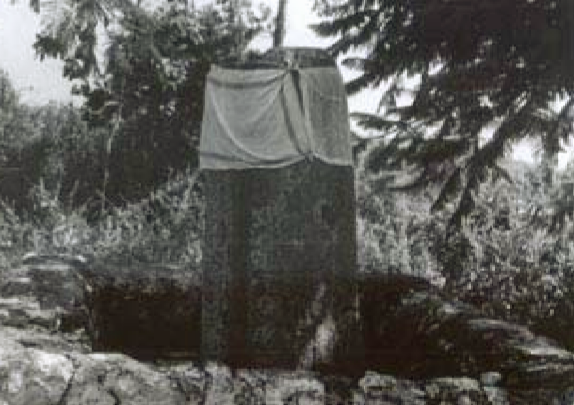
In the past, monolithic stone pillars with a lamp on the top were used as lighthouses for seafarers on the shores of the lagoon. Such a monolithic stone pillar has been found on the hilltop at Raghunathpur near Podaghar. The archaeological findings embody to the fact that the well-known ports of the bygone era such as Manikapatna on Chilika coast, Palur on the extreme South and Chhatragarh (referred to as Che-li-ta-lo by Hiuen Tsang, the Chinese pilgrim who had visited Orissa in AD 638) had close contacts with Africa, Ceylon (Sri Lanka), China and Southeast Asian countries.
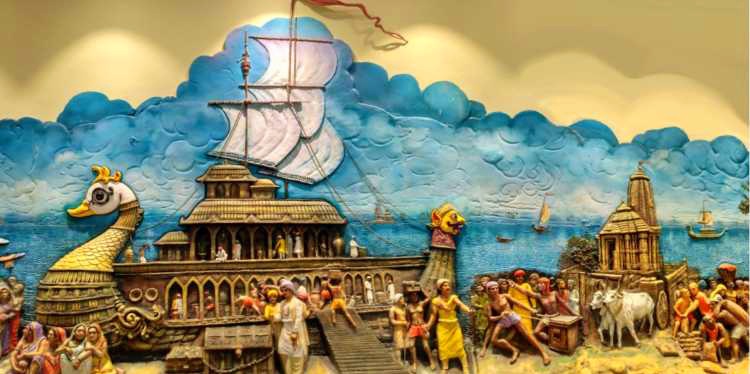
A text of the 10th century AD mentions the maritime activities of the lagoon and ships, which used to ply to Southeast Asian countries from Chilika. However, subsequent changes in thehydrodynamic regime caused the formation of sand bars, spits and altered sedimentation patterns, which eventually caused the decline of maritime activities in the Chilika region. Chilika was given the sanctuary status in 1972 and became a Ramsar Site in 1982.
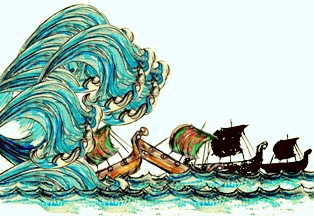
Trivia: There is a 4th century folktale that talks about the birth of the Chilika lagoon. According to the legend, the pirate king Raktabahu planned to attack the nearby city of Puri with a fleet of ships. He stealthily anchored out of sight to avoid detection, but someone managed to warn the residents of imminent danger, who escaped the town with all their belongings. On reaching the abandoned town, Raktabahu got furious at the sea, which he thought had betrayed him. The waters of the ocean parted to let his army march in; then, it rushed back, drowning the army and forming the lake.
The forests and hills around the lagoon are rich in wildlife, and one can occasionally spot a Blackbuck and Spotteddeer. However, it is the birdlife that Chilika is justifiably most famous for. Around 150 species of avifauna have been recorded here; of these, nearly 100 species are of migratory birds, which fly in from as far as Siberia, Mongolia, the Caspian Sea in Central Asia, Tibet and Ladakh. The Chilika lagoon is an assemblage of the marine, brackish and freshwater ecosystem that supports an abundant biodiversity and shelters a fair number of endangered species.
The lagoon is one of the largest wintering grounds for the migratory waterfowl found anywhere on the Indian sub-continent. White bellied sea eagles, Shovellers, Purple Moorhen,Northern Pintails, Bar-headed Geese, Brahminy duck and several species of Pochards, Pelicans and Flamingos are among the winter visitors. Some rare and endangered species listed in the IUCN (International Union for Conservation of Nature) Red List inhabit the lagoon for at least a part of their life cycle.
There are around 200 species of marine life here, crustaceans being amongst the most preponderant. There are also more than a few species of snakes (estuarine sea, Asiatic file, beaked sea, Javan wart, dog-faced water, smooth water, tree-living cat, as well as bronzebacks and sea boas), while lizards can be spotted around here, as can skinks (a cross between a lizard and a snake), dolphins and sea turtles. The elusive Irrawaddy Dolphin has been spotted in Chilika, though sightings have been infrequent, and its numbers are a source of dispute.
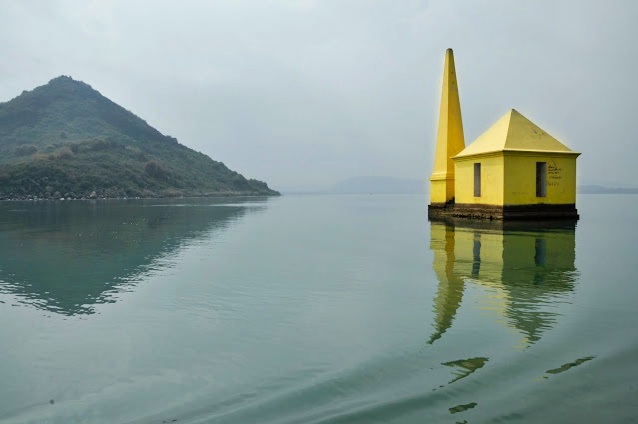
This architectural marvel with a conical pillar and a small room constructed on a submerged mass of rocks was home for Thomas Snodgrass, who was the Collector of Ganjam dist in Odhisha under the East India Company from 1791 to 1797.
Just two miles from the bank of the lagoon, lay a small island, which was approximately 15 ft square in size. Snodgrass was so enamoured by its serenity and remotenessthat he decided to build a small room and a spire for himself on it. He also put up a conical pillar, which stands till today. He called this room his office and would retreat there for days with his books. He would fly a flag from the pillar and at night hang a lamp. The fishermen of the lake were prohibited to go near the island.
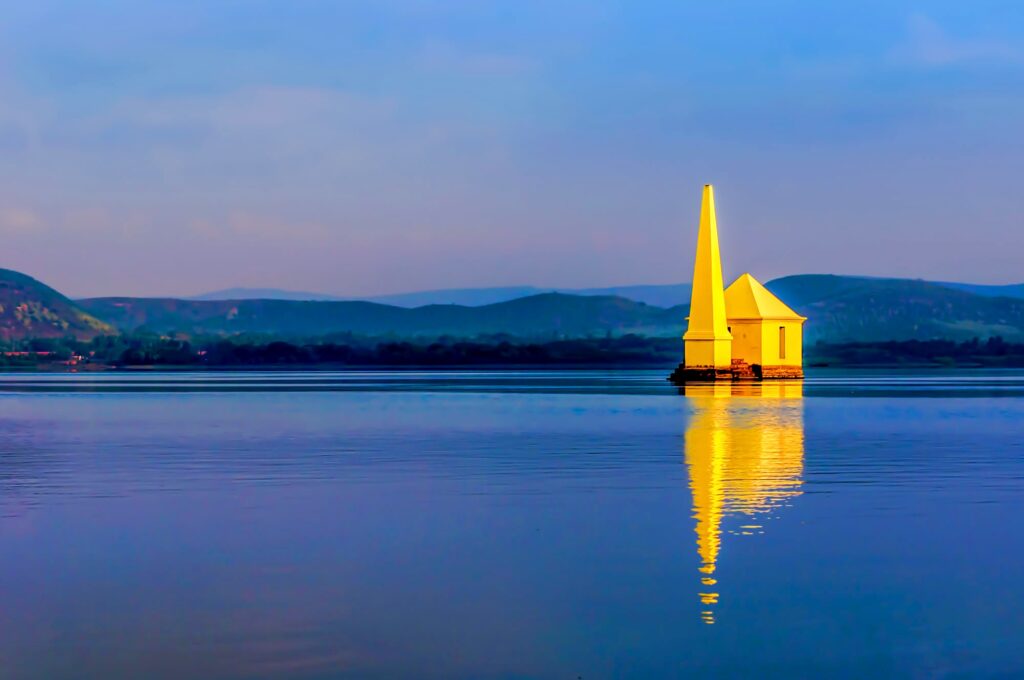
After all the bird watching, boat rides and sight-seeing, the famous Chilika Dhaba located close to the OTDC Tourist Lodge is a must visit to enjoy mouth savouring sea food / dishes.
The dhaba serves lip-smacking dishes and is famous for their crab curry and chilika-chingudi-prawn masala, which are real delicacies. Do try them to mark a befitting farewell to your journey.
This magnificent lagoon is located at a distance of 100 km from Bhubaneswar (capital of Odisha). A relaxing road trip from Bhubaneshwar will bring you to the perfect postcard town of Barkul, nestled between hills on one side and the Chilika lagoon on the other. There are limited options for hotels,OTDC Panthanivas, with a considerably decent ambience, being one of the desired places for a night halt.
A perfect paradise/haven for angling enthusiasts. So, don’t forget to carry that angling rod and hooks, and always stay in action, but be responsible and remember to release the catch back into their ecosystem.

Adventurous souls can take that overlander and camp near the banks of the lagoon for an up-close feel of the beguiling calmness and experience the best the verdant wetland has to offer.
#BonVoyage
